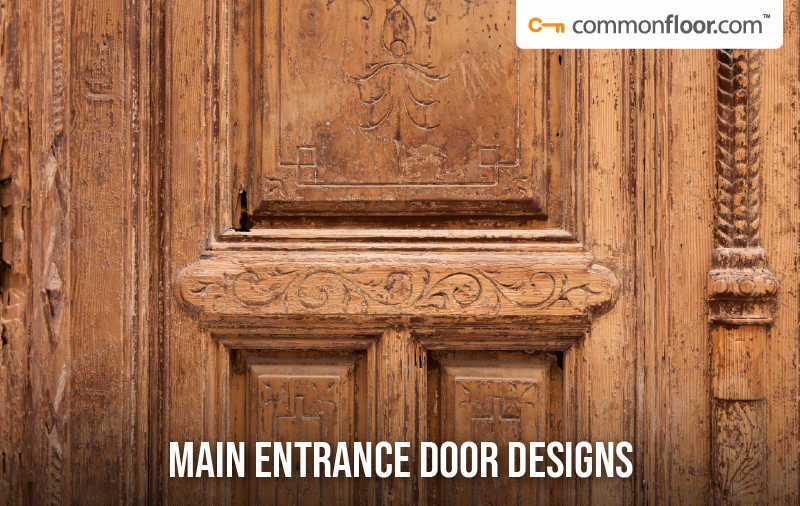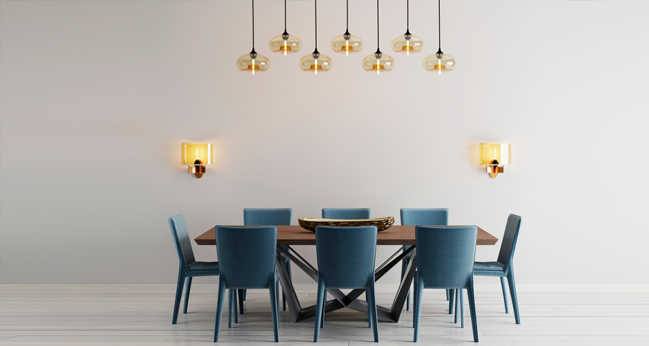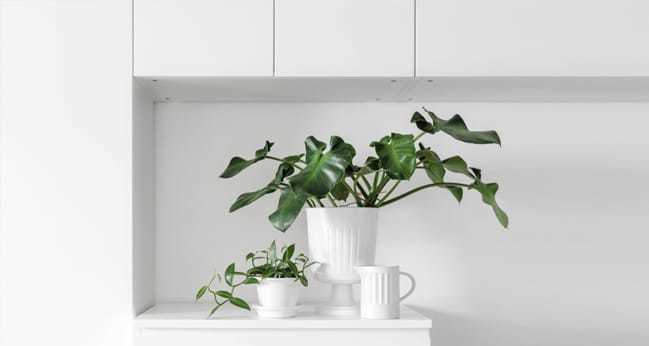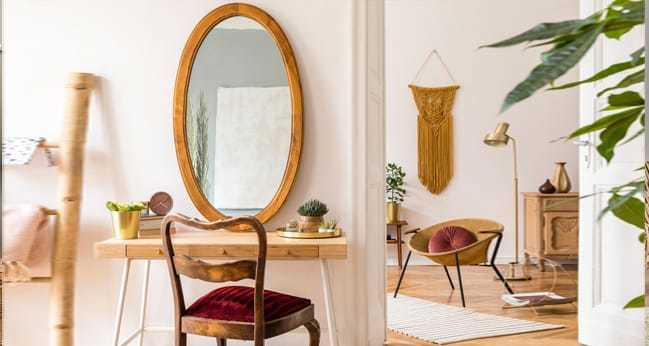5 Awesome Traditional Flooring Ideas for Indian Homes
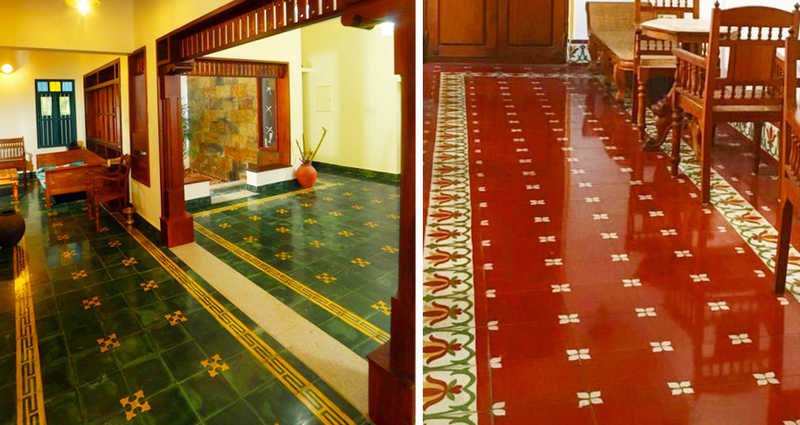 Floors are an integral part of any home. A well-designed flooring has the power to either make or break the appearance of a house and take it up a notch. So, it is essential that one chooses a flooring option that complements the vibe, the atmosphere, and the look of your home.
Floors are an integral part of any home. A well-designed flooring has the power to either make or break the appearance of a house and take it up a notch. So, it is essential that one chooses a flooring option that complements the vibe, the atmosphere, and the look of your home.
These days traditional flooring options are the new fad in architecture and home decor. They not only impart elegance to the look of the house but last for more extended periods. Given below are the five most popular traditional flooring options for Indian homes.
- Oxide Flooring
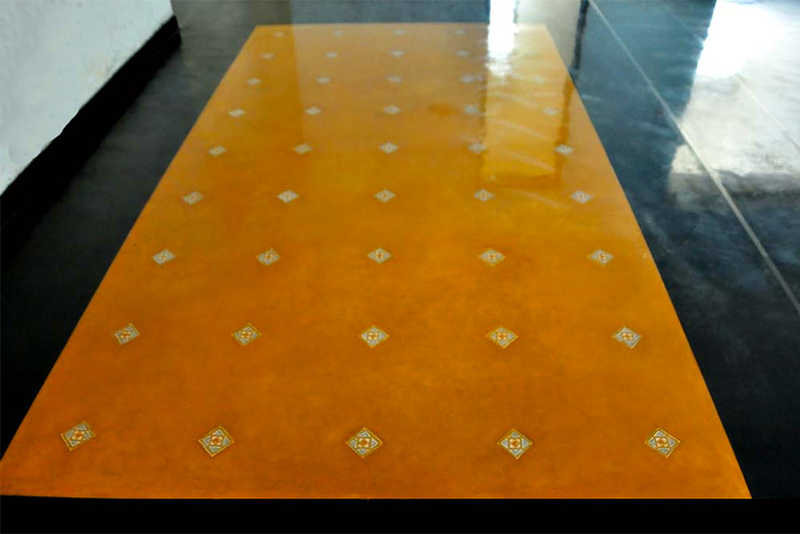 Speaking of traditional flooring options in India, the one that tops the charts is oxide flooring. First introduced in Kerala by Portuguese and Italian traders, its popularity soon spanned the whole of India. Though the dominant variety was red oxide flooring, these days, it is available in a multitude of colors.
Speaking of traditional flooring options in India, the one that tops the charts is oxide flooring. First introduced in Kerala by Portuguese and Italian traders, its popularity soon spanned the whole of India. Though the dominant variety was red oxide flooring, these days, it is available in a multitude of colors.
Oxide flooring owes its immense popularity to its cost-efficiency and durability. Though it has been around for a long time, it is far from obsolete as a flooring option for modern Indian homes. Oxide flooring adds character to your home and earns some brownie points as far as sticking with the tradition is concerned.
Laying of oxide floors needs to be done in a continuous stretch of time and requires skilled labor. Also, one should be careful not to use oxide floors in outdoor parts of one’s home as extreme weather conditions can lead to cracks.
- Athangudi Tiles
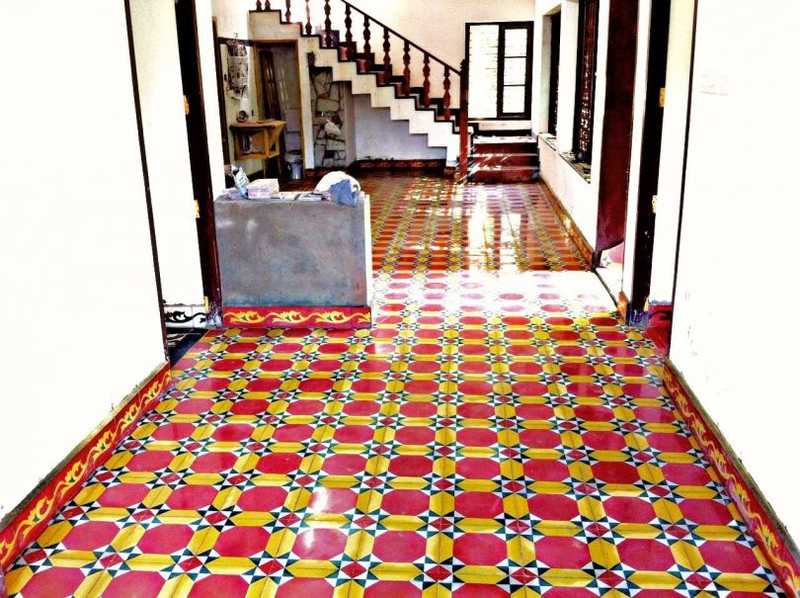
Athangudi tile owes its name to the Athangudi village of Tamil Nadu, where it is dominantly made. Though they resemble cement tiles, these varieties of tiles are not machine-made but hand-pressed over glass surfaces.
Previously, Athangudi tiles were only found in the homes of Chettiars, but now their popularity is such that they are found in homes, hotels, and resorts all over India. It is not only their aesthetic beauty and ethnic flavor that has led to its widespread popularity. They have a cooling effect during the summer and warming effect during the winter months.
Athangudi tiles also possess added health benefits. They aid in preventing joint pains and protect our feet from heel fissures. They are suitable for any kind of conditions and hence can be used both indoors and outdoors.
- Kota stone
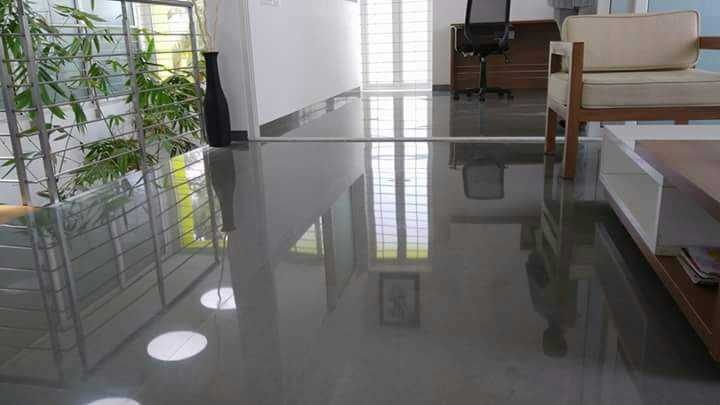
Kota stones are made from finely-grained varieties of Limestone found in Kota, a town in the Indian state of Rajasthan. Kota stones are characterized by their rustic appearance, non-porous nature, durability, and cooling effect. Also, it is non-slippery and available in a variety of colors.
Its rustic appearance makes Kota stones perfect for use in contemporary commercial spaces, and also in eco-friendly homes, adding an extra edge to the décor of a house.
Kota stones can experience flaking over time. But periodic treatment using polishing wax can take care of flaking.
- Jaisalmer stone
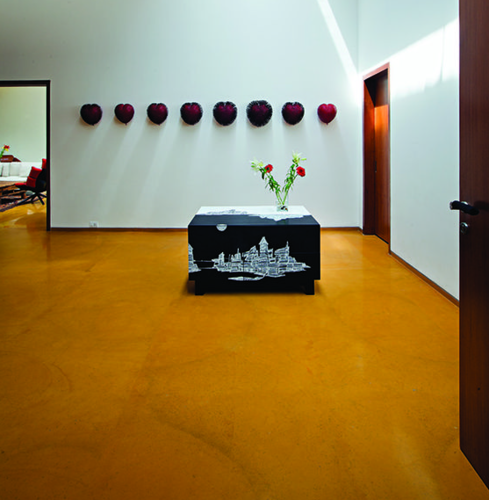
As the name suggests, this type of flooring makes use of Jaisalmer stone, which is quarried from Jaisalmer in Rajasthan.
Jaisalmer stone floorings are radiant yellow in color, and that adds a warm and welcoming vibe to the décor of a home. The inherent yellow color of the stone floor goes very well with blue or white walls.
Jaisalmer stones are porous in nature and are also reactive to acids. So, they are vulnerable to staining and corroding. Hence, immense care should be taken in sealing off the stones during installation.
- Terracotta
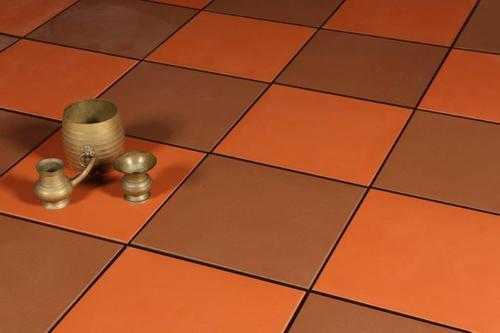
Reddish-brown in color, terracotta tiles are a category of porous ceramic tiles. It owes its popularity to its attractive natural color and its cost-efficiency.
Terracotta tiles are available in two varieties-high-density and low-density. While the low-density ones are more popular in homes, the high-density ones with greater crack-resistance are found in heavy use areas.
Terracotta tiles are inherently porous and hence vulnerable to stains. So they need to be treated with sealants so that moisture does not seep through it. If you are looking at a Mexican or South-west décor for your home, terracotta is a perfect fit.
